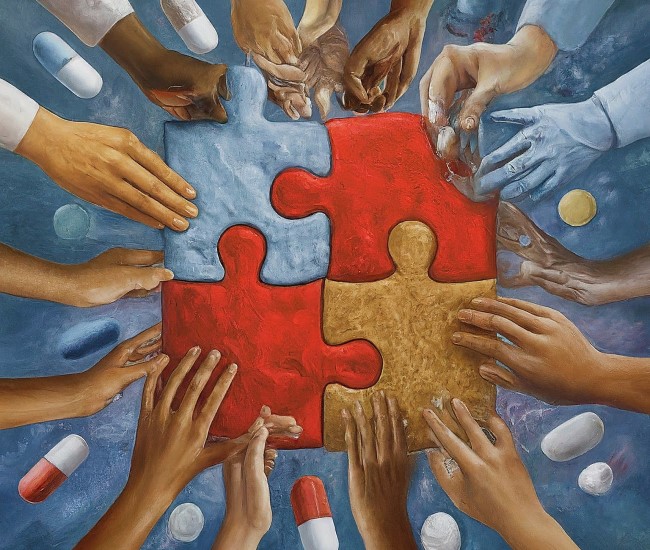Ending AIDS and TB by 2030: Is a 100-100-100 Approach the Answer?

Ending AIDS and TB by 2030: Is a 100-100-100 Approach the Answer?
There’s a growing buzz in the global health community, and it has a catchy name: 100-100-100. This ambitious strategy aims to achieve a monumental feat – ending both Tuberculosis (TB) and HIV/AIDS by 2030. But can it really be done?
Understanding the 100-100-100 Approach:
The 100-100-100 approach is a three-pronged attack:
- 100% Diagnosed: Everyone living with HIV or TB needs to be aware of their status. This involves widespread testing and education initiatives.
- 100% Treated: Those diagnosed with HIV or TB should have access to life-saving treatments, including antiretroviral therapy (ART) for HIV and effective TB medication regimens.
- 100% Suppressed: For HIV patients on ART, achieving viral suppression is crucial. This means the virus becomes undetectable and untransmittable, preventing further spread.
Why is the 100-100-100 Approach Gaining Momentum?
This strategy offers a clear roadmap towards ending these devastating diseases. Here’s why it’s resonating with experts:
- Synergy in Action: HIV and TB often co-infect individuals, particularly in low- and middle-income countries. A unified approach can address both illnesses more effectively.
- Closing the Gaps: The 100-100-100 approach emphasizes reaching undiagnosed individuals and ensuring adherence to treatment plans. This tackles existing gaps in healthcare access.
- A Time-Bound Goal: Setting a clear deadline of 2030 injects urgency and motivates international collaboration.
Challenges on the Road to 2030
While the 100-100-100 approach holds promise, significant hurdles remain:
- Funding Shortages: Scaling up testing, treatment, and prevention programs requires sustained financial commitment from governments and international donors.
- Stigma and Discrimination: Stigma surrounding HIV and TB can prevent individuals from seeking testing or adhering to treatment. Educational campaigns are crucial.
- Emerging Drug Resistance: The emergence of drug-resistant strains of TB is a growing concern. Research and development of new TB therapies are essential.
What Can We Do?
The 100-100-100 approach isn’t just for world leaders. Here’s how we can contribute:
- Stay Informed: Educate yourself about HIV and TB. Knowledge is power!
- Advocate for Change: Support organizations working towards ending these epidemics.
- Reduce Stigma: Talk openly about HIV and TB to help break down barriers.
By working together, the 100-100-100 approach could become a reality, paving the way for a future free from the burdens of HIV and TB. Let’s make it happen!






